
If the last thing you need is to try and convince your significant other of why you need to buy another motorcycle, then do yourself a favor and don’t ever get on a LiveWire S2 Del Mar. Because as soon as you do, you’re going to want one. Trust me, it happened to me.
Harley-Davidson’s electric motorcycle brand LiveWire has just reopened reservations this morning for its second electric motorcycle model, the S2 Del Mar. The first round of reservations opened back in May for the Launch Edition, but they sold out in 18 minutes.
The company let me get an early test ride before reservations reopened, and now I can’t imagine going back to my boring old life before this bike.
That’s not to say that the Del Mar is perfect, but the bike itself checks nearly all of my boxes. The only major downside is that it’s still a bit pricey, at least for a motorcycle that will admittedly be used largely in a commuter role by most riders.
It’s certainly more affordable than the $22,799 LiveWire One, which currently serves as the brand’s flagship electric motorcycle. LiveWire had hoped to launch the production version of the LiveWire S2 Del Mar at closer to $15,000, but inflation pressures and supply chain drama saw the price creep up to $16,999. That’s still a big move in the right direction compared to the LiveWire One’s price, but it still keeps it a bit out of reach of a lot riders.
If you can swing it though, you’re going to be glad you did. Take a look at my first ride video below showing off my morning ride on the S2 Del Mar. Then read on for all of the details.
LiveWire S2 Del Mar first ride video
Newly revealed Del Mar specs
In addition to opening up orders for the S2 Del Mar, LiveWire also revealed more concrete specs and performance figures.
The updated city range is listed at 110 miles (177 km) on a charge, and we also got more info about charging options. Both Level 1 (think: normal wall outlet charging) and Level 2 (think: public charging station) will be available on the bike, but there’s no Level 3 DC fast charging like on the LiveWire One.
Even so, the company says a Level 2 recharge of 20-80% (indicative of real-world charge stops) will take around 75 minutes. That’s longer than a coffee stop, but it means that a lunch stop or shopping trip could conceivably put a nearly full charge back into your “tank.”
We don’t have an exact power rating yet, but the bike has nearly equal off-the-line performance to the LiveWire One, scoring a 0-60 mph time of 3.1 seconds. And when putting the bike in Sport Mode, I can vouch for what that feels like. There’s no clutch or gear shifting to get in the way, either. You’re going from feet on the ground to flying at 60 mph in barely the time it takes to say, “well I’ll be damned.”
The 431 pound (195 kg) Del Mar is a bit lighter than the 560 pound (254 kg) LiveWire One, so with the same acceleration times then it stands to reason that it will have a slightly lower power rating than the LiveWire One’s 78 kW motor.
LiveWire hasn’t announced the Del Mar’s top speed, but let’s just say it’s higher than you’ll ever need. I got it up to speeds that I had no business reaching on a New York highway and it seemed to have plenty of room to keep going. I wasn’t about to risk my license (or a speeding ticket on a bike I didn’t own) by pushing my luck any further than I already had, but suffice it to say that whatever the top speed is, there’s no road in America that you’ll be able to legally hit it.
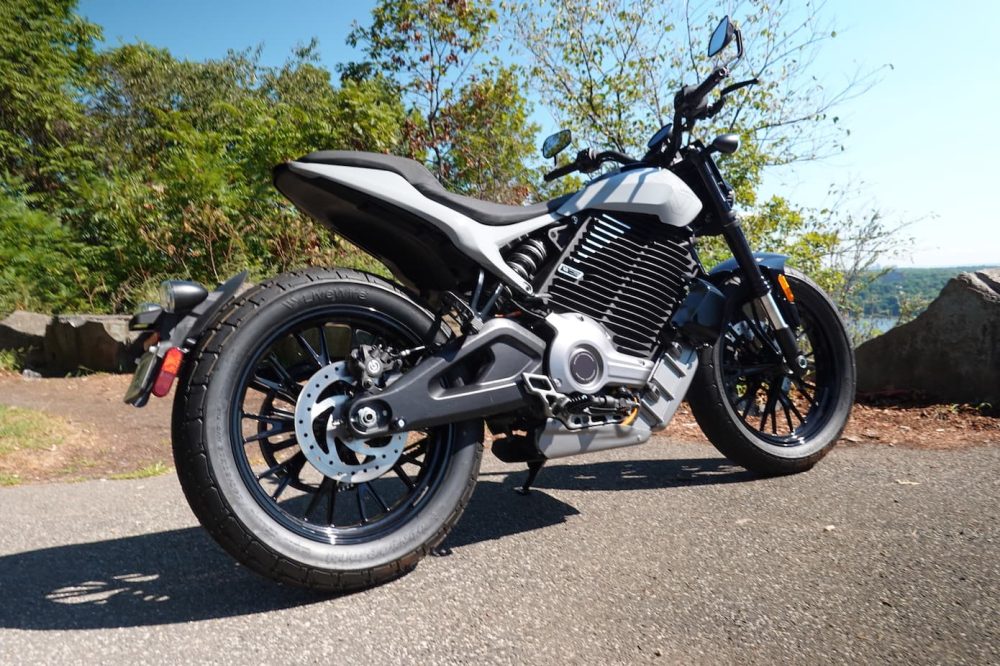
For me, the Del Mar felt like a Goldilocks bike. It’s got a shorter reach than the LiveWire One, meaning you’re sitting more upright and don’t feel like you’re leaning out forward over the tank to grab the bars. But it’s also not too small either, and gives you enough height over the pegs that your legs aren’t tucked up underneath you. It’s no cruiser, but it’s at least closer to that end of the comfort spectrum.
I’m a more relaxed type of rider, anyway. As much fun as it can be crouching into an Italian sport bike, I’m much more at home in a comfortable upright position. And so the S2 Del Mar speaks to me.
In fact, I thought the Del Mar would be smaller than it was. Each time I looked at images of the Arrow platform, which is basically the structural battery and motor combo that the Del Mar is built on, it all just looked so compact. But the bike still has serious presence when you walk up and throw a leg over it. No one is going to think you’re on a small bike.
And when you blow them away at a traffic light, leaving them in your dust, they’ll be sure you weren’t on a small bike.
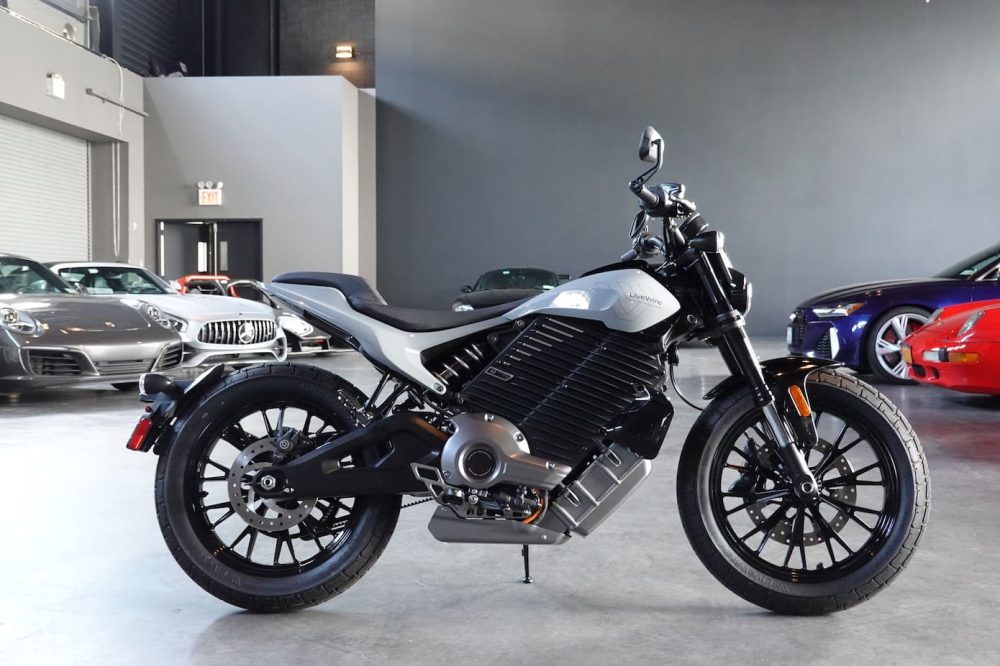
When it comes to battery capacity, we’re still left in the dark. LiveWire isn’t spilling the beans on that info just yet.
Based on the 110-mile city range offered by the company, and the Level 2 recharge time from 20 to 80% in 75 minutes, I’d wager that the battery will fall in the 9.5 to 10.5 kWh range. But that’s just an educated guess at this point.
What I can tell you is that I did around 40 miles (64 km) on the bike and used 55% of the battery, equating to a mixed range of approximately 73 miles (117 km). That ride included everything from city traffic to unreasonably fast highway speeds, so that’s probably a pretty fair “mixed” range figure. If you’re actually doing city riding or at least keeping it under 55 mph or so, that 110-mile range figure is likely within reach.
Between my city and highway riding, the Del Mar felt equally at home in both worlds. It’s small and light enough to be a nimble city ride, yet large and powerful enough to be comfortable on any interstate.
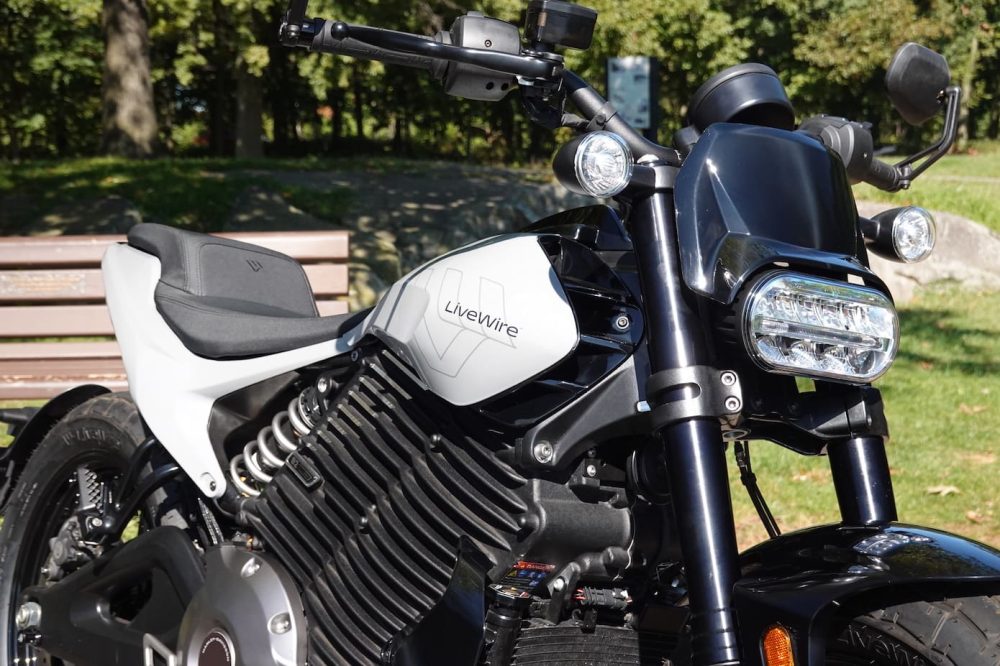
The one thing that felt a bit lacking was any sort of sound. To be fair, I was testing the bike in and around New York City, and so the city cacophony was never going to allow the nuisance of a modest direct drive electric motor whine through. But with a pair of LiveWire Ones on either side of me during much of the ride, I could hear their motors more than I could hear my own.
To be honest, the LiveWire One has always been a bit louder than I’d prefer. It’s got a cool sound to it, and the mechanics of the bevel gear that produce that sound add to the coolness. But when you really lean into it you get a fairly loud signature sound. The Del Mar, on the other hand, is so quiet that I couldn’t really hear it in the city. It left me wanting a little more auditory feedback. But perhaps if I had been in a quieter area, I would have heard what I was looking for.
Even so, the fact that the three of us (including my two LiveWire ride partners Chris and Jon) could all carry on a conversation while riding is testament to how much nicer it is to be on quiet electric motorcycles than rumbling ICE bikes.
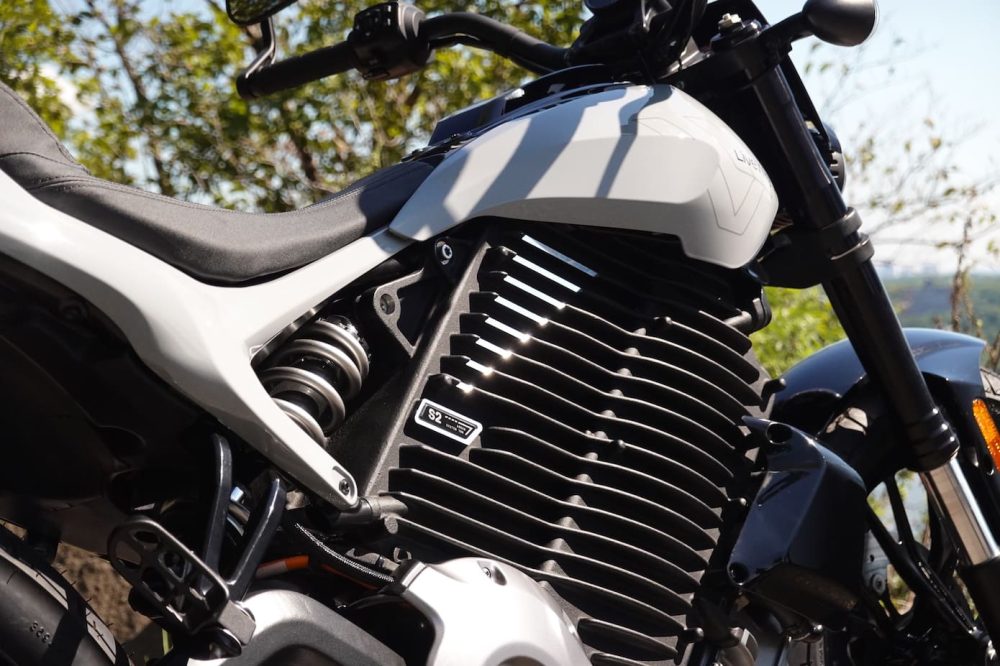
All in all, I had a blast riding the LiveWire S2 Del Mar and came away majorly impressed.
I had initially expected to find a downgraded LiveWire One, when instead I was presented with a bike that rivals the LiveWire One’s performance, yet in a more comfortable and manageable package.
Sure, the LiveWire One will still have more range from its larger battery and faster recharging times with its DC fast charging ability. And if you want to go on cross-country rides, that’s the better bike. But for someone that just wants a missile on wheels for cruising the city and local highways, then the S2 Del Mar is the ticket.
It nestles itself right in between bikes like the Zero FXE and Zero DSR when it comes to price and range, meaning it gives a nice option for a middleweight electric bike with more range than pretty much any commuter should need, yet at a price that doesn’t blow past $20K and into flagship electric motorcycle territory.
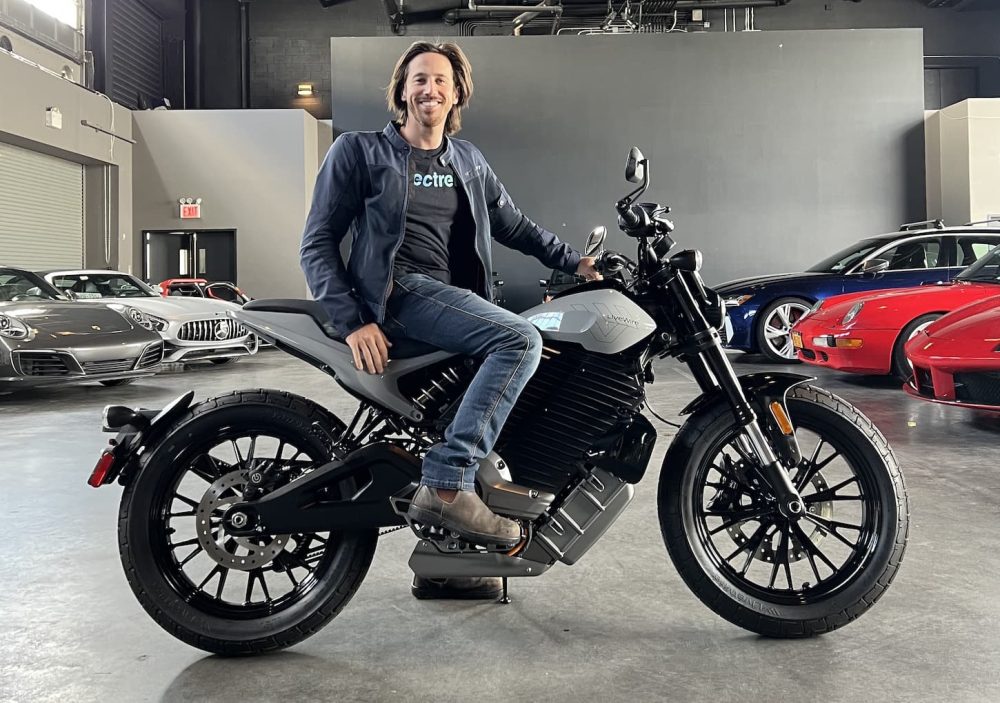
Subscribe to Electrek on YouTube for exclusive videos and subscribe to the podcast.
Author: Micah Toll
Source: Electrek



